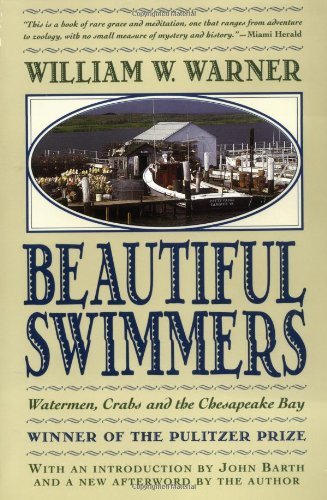What do you think?
Rate this book


304 pages, Paperback
First published February 1, 1976
Beautiful Swimmers: Waterman, Crabs and the Chesapeake Bay by William Warner –although dated - proved to be timeless, not unlike the Bay itself. The people he meets and learns from are still present although perhaps in fewer numbers. I especially enjoyed Warner’s humility, he is clearly there to learn from these grizzled veterans of the crabbing and oyster industry. In 1976 the explosive algae blooms that now populate the Baltimore Sun news stories every summer were still on the horizon although they were correctly predicted by Warner. In fact, this book ought to have been subtitled “Weren’t You Listening?” as Warner’s professional knowledge allowed him to accurately predict many of the failings that the Bay has been subjected to (dwindling stocks/over fishing; economic breakdown of the local industry; uncontrolled development and disastrous agriculture runoff). He would probably tell us that it isn't too late and we can fix what we have broken because the Bay is tough, it just needs some TLC.
This was a welcome birthday present. An engaging and instructive history.